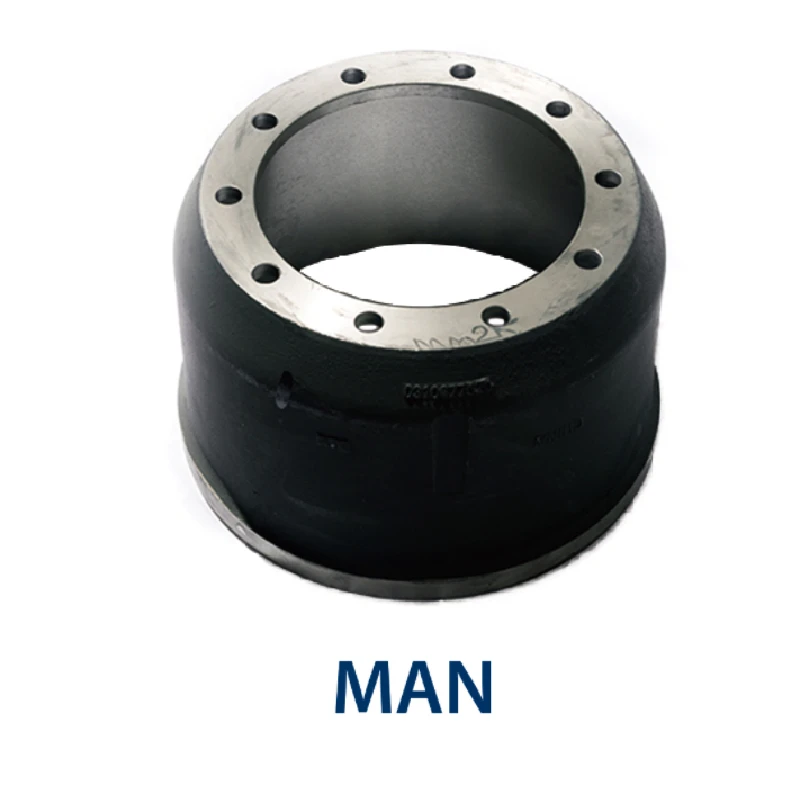Dec . 25, 2024 17:15 Back to list
Techniques for Properly Adjusting Brake Drums for Optimal Vehicle Performance
Adjusting Brake Drums An Essential Guide for Vehicle Maintenance
Brakes are arguably one of the most critical safety features of any vehicle. Among the various braking systems, drum brakes are a time-tested design that offers reliable stopping power. However, they require regular maintenance and proper adjustment to function effectively. This article will delve into the importance of adjusting brake drums, signs that adjustment is needed, and a step-by-step guide for performing the adjustment yourself.
Importance of Brake Drum Adjustment
Brake drums house the braking mechanism and are responsible for slowing and stopping the vehicle. Over time, brake shoes can wear out or become misaligned, leading to decreased braking performance. Proper adjustment of drum brakes ensures optimal contact between the shoes and the drum surface, which is essential for effective braking.
Failure to maintain brake drums can lead to uneven wear, increased stopping distances, and even brake failure, posing a significant safety risk. Regular adjustments not only enhance performance but may also extend the life of the brake components, saving you money on repairs in the long run.
Signs That Brake Drum Adjustment is Needed
Several indicators can suggest that your brake drums require adjustment
1. Increased Stopping Distance If you notice that your vehicle takes longer to stop, it may be a sign that the brake shoes are not making sufficient contact with the drum.
2. Grinding Noises A grinding sound while braking can indicate that the brake shoes are worn down and may need immediate attention.
3. Pulling to One Side If your vehicle tends to pull to one side when braking, it can be due to uneven wear or misalignment of the brake components.
4. Vibrations Excessive vibrations when braking may signal issues with the brake drums that require adjustment or replacement.
5. Warning Lights In some modern vehicles, brake warning lights on the dashboard will notify you when servicing is needed.
Step-by-Step Guide to Adjusting Brake Drums
adjusting brake drums

Adjusting brake drums may appear daunting, but with the right tools and steps, you can perform the task yourself.
Tools Needed - Jack and jack stands - Tire iron - Brake adjusting tool or screwdriver - A wrench set - Safety goggles and gloves
Instructions
1. Prepare the Vehicle Park your vehicle on a level surface and engage the parking brake. Loosen the lug nuts on the wheel covering the brake drum, but do not remove them yet.
2. Lift the Vehicle Use the jack to lift the vehicle and then secure it with jack stands. Remove the lug nuts and take off the wheel to expose the brake drum.
3. Inspect the Drum and Shoes Before making any adjustments, examine the brake drum and shoes for signs of wear or damage. If they are significantly worn, consider replacing them.
4. Locate the Adjusting Mechanism Most drum brakes feature an adjusting wheel or screw. Depending on your vehicle, this may require a brake adjusting tool or a flat-head screwdriver.
5. Adjust the Brake Shoes Turn the adjusting mechanism to expand the shoes outward. You should do this until there is slight resistance when spinning the drum. Be cautious—over-adjusting can lead to dragging brakes.
6. Test the Adjustment Once you've made the adjustment, spin the drum by hand. It should rotate freely without much resistance, but if it drags, back off the adjustment slightly.
7. Reassemble Replace the wheel, hand-tighten the lug nuts, lower the vehicle, and then tighten the lug nuts in a crisscross pattern to ensure even pressure.
8. Test Drive Before hitting the road, take a short test drive to ensure the brakes are functioning correctly. Pay attention to how the brakes engage and adjust as necessary.
Conclusion
Adjusting brake drums is a vital aspect of vehicle maintenance that ensures your safety on the road. Regular inspections and timely adjustments can prevent significant brake issues, thus prolonging the life of the braking system. Whether you opt to make the adjustments yourself or seek professional assistance, understanding the importance of this maintenance task will keep you and others safe while driving.
-
Durable Brake Drum MAZ for Heavy Duty Trucks | High Performance
NewsAug.26,2025
-
FUWA: Premium Quality, Reliable Performance & Innovative Solutions
NewsAug.25,2025
-
Liza Brake Drum: Superior Quality & Performance for Safe Driving
NewsAug.24,2025
-
Iveco Brake Drum | Premium OE Quality for Daily & Eurocargo
NewsAug.22,2025
-
Your Brake Drum Man: Quality & Performance Parts
NewsAug.21,2025
-
Explore Japan: Ultimate Travel Guide & Authentic Experiences
NewsAug.19,2025
